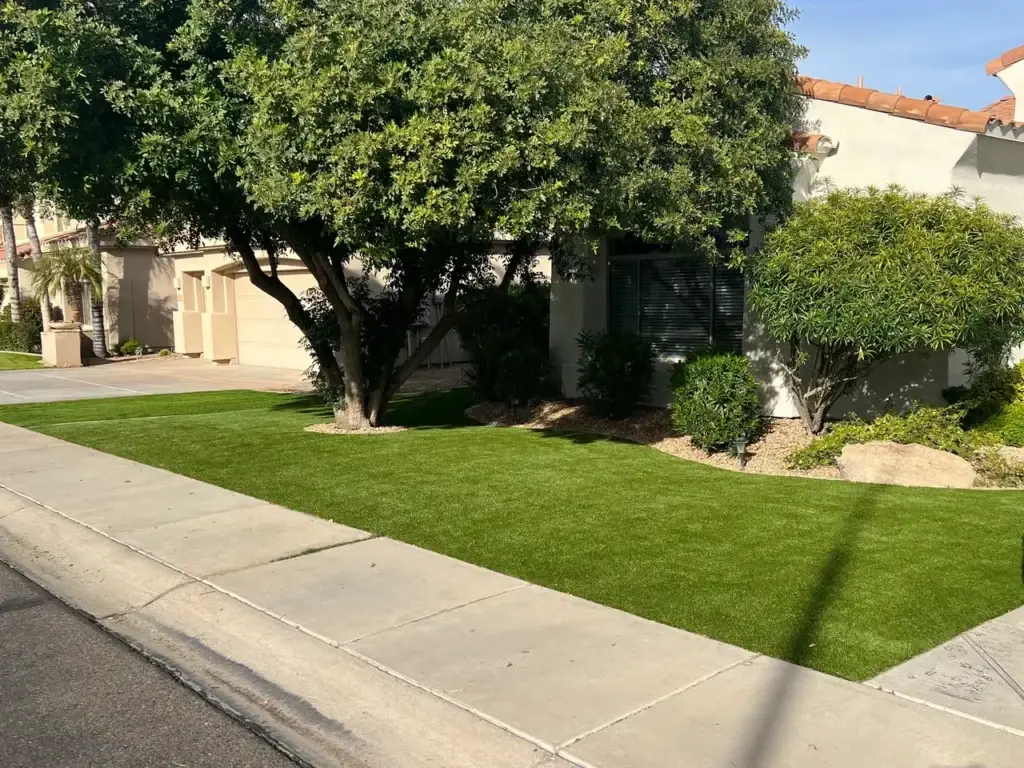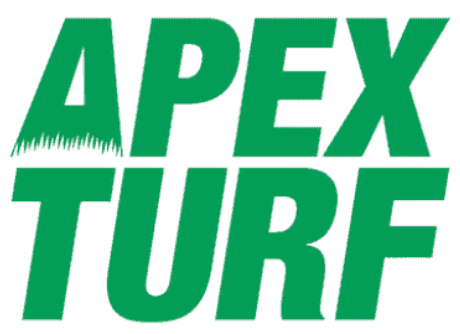
North America has as many as 16,000 artificial turf fields. They’re used for everything from professional football stadiums to your local park.
With its sunny weather and options for outdoor recreation, Chandler, AZ, is the perfect place to install artificial turf. However, before you decide to buy artificial turf, you should understand how to assess its quality.
Learn how to check for high-quality artificial turf below.
Polyethylene is commonly used to make artificial grass thanks to its water resistance. This plastic is less likely to suffer damage due to bad weather or animals. The polyethylene grading system denotes the carbon number in each polymer.
C2 is commonly used in the creation of artificial grass. Because it has a lower carbon count, it is not as durable as other polyethylene options.
C4 polyethylene makes for a flexible grass that maintains its shape well. This grade is a popular choice because it is cheaper than higher grades. However, it offers better durability than lower grades.
Many artificial turf manufactures recommend a blend of C6 and C8. This combination provides excellent flexibility, strength, and shape maintenance.
C8 polyethylene alone makes for rigid artificial grass because it has the highest carbon count. This kind of artificial turf is useful for professional sports stadiums. It maintains its shape despite athletes running across it often.
Nylon is also used to make artificial turf. It is very long-lasting and works well for areas such as rooftop decks. However, polyethylene is cheaper than nylon and still offers the same high quality.
When choosing high-quality artificial turf, the underlayer, or the ‘backing,’ is an important consideration. Most artificial grass options have two backing layers; the primary backing and the secondary backing.
It is these dual layers that keep your artificial grass rigid. They also help hold the grass together, which enhances its durability. You should avoid single layer backing as it rarely stands the test of time.
Poor quality backing can result in the fibers that make up your grass becoming detached. When this happens, your grass will begin to look patchy and won’t regain its shape after it’s been stepped on.
If the backing is poor quality, the two layers may eventually split. This decreases durability and ultimately leads to an artificial grass field that looks cheap.
A good infill will support each blade of grass, keeping it straight and able to recover from foot traffic. A high-quality turf should have an infill that protects the underlayer of the grass. Several infill options work for artificial turf.
Envirofill is a kind of coated sand and is the perfect infill option if you have pets. It’s completely resistant to moisture and easily bounces back after foot traffic. Combining Durafil with other infill options makes it even stronger and will keep your artificial grass fresher for longer.
Because sand is smooth, it won’t feel lumpy when used as infill. It’s also easy to pack sand very tightly into your artificial grass, which produces a bouncier finish.
Sand used for infill is coated with a polymer that stops bacteria growth in its tracks. This helps to keep it clean and fresh and makes it ideal for school settings.
Crumb rubber is an environmentally friendly infill option. Recycled tires are cut up, shredded, and rolled out to remove sharp edges. It is then packed tightly into artificial turf, creating a soft, springy surface.
The pile height measures the height of the blades of grass that make up your artificial turf. When choosing a pile height, you want to make sure it’s relatively short, usually between 25-37mm. Longer blades of grass will flatten faster.
Pile density measures how tightly packed the blades of grass are. You’ll want a high pile density, as this gives the appearance of a lush, rich surface. Thirteen thousand to eighteen thousand stitches per square meter will result in high-quality grass that holds up well against heavy foot traffic.
A very simple way to assess the quality of artificial turf is to look at it. If it looks fresh, green, and realistic, it is high quality. Regardless of what you use the artificial turf for, it should look natural, so always go for the most grass-like option.
Poor-quality turf will look patchy, flattened, and even discolored. If purchasing online, it is worth asking to see real-life samples before buying to ensure you are getting the quality you pay for.
The best way to ensure you have the highest quality artificial turf for your needs is to consult an expert. This is especially true during installation because they can walk you through the different types of artificial turf available.
Only an expert can foresee any possible artificial turf problems that could crop up. For example, they will have the expertise to notice any potential drainage issues. They’ll ensure you get the right grass for your needs and that it is installed with the care it requires.
For the best installation in Chandler, trust ApexTurf. From installation to pet turf, the experienced team will deliver quality service regardless of your turf needs.
Artificial Turf offers a durable and efficient alternative for outdoor surfaces. Because no water is needed to maintain it, Chandler is an ideal setting for artificial turf. It reduces sprinkler use, which helps preserve Arizona’s water.
Knowing what to look for in artificial turf will save you money in the long run. The polyethylene grade, infill type, and backing are all important considerations. If you’re unsure, make sure you reach out to an expert.
Contact us today to discuss your artificial turf needs. Our expert team can walk you through everything from choosing your brand new turf to installation.
